It may seem counter intuitive, but even when it come to breast cancer treatment, the saying may stand: Less is more!
A new study published in Cancer finds that women who had early stage breast cancer had better survival rates if they had lumpectomy and radiation as opposed to total mastectomy. Prior studies have shown that in tumors up to 5 centimeters (less than 2 inches) in size, lumpectomy and radiation is just as effect as mastectomy for long-term survival, but now this is the first large, real life study that shows it may be even better.
Lumpectomy is the surgical removal of the breast tumor with a surrounding rim of healthy tissue. It must be combined with radiation of that same breast to ensure no cancer is left behind. It is also called breast-conserving surgery. It cannot be preformed if the tumor is too large, if there is more than one tumor in the breast or if for any other reason a person may not be able to have the required coinciding radiation, such as breast cancer in pregnancy.
Breast-conserving surgery was first described back in the late '70s as an answer to the radical and very disfiguring older technique of mastectomy, called the Halsted radical mastectomy. This procedure was named after the surgeon who developed it back in 1894! It involved removing the whole breast, all the lymph nodes under the arm with its surrounding tissue and underlying muscles, leaving what little skin was left to be stretched across the rib cage like a skeleton! This type of surgery was a common treatment for breast cancer for more than 75 years. My grandmother had the procedure in the '60s and never let my mom see her bare-chested again, claiming it was too horrible to see. It also left women with trouble using their arms because of the muscle removed. The molecular science we now know about how breast cancer develops and spreads has now shown us that there is not need for such radical surgery.
I also think it's no coincidence that the coming of age of women's rights in the '70s (with bra burnings!) as well as breast cancer advocacy helped bring about kinder and gentler surgical procedures, including less-invasive and less-intrusive total mastectomies as well as breast-conserving surgeries such as lumpectomy and radiation. And women now have options to choose from and discuss with their doctors.
Yet despite this, there still has been a recent trend in the last 10 years even among women in early stage breast cancer to opt to have total mastectomies. High-profile celebrities who have opted for total mastectomy include Giuliana Rancic, Christina Applegate, and Sharon Osbourne.
The likely reason behind this is there is still such fear associated with the "big C." Psychologically, women just want it out of their bodies. And who can blame them? Despite what I know scientifically now as a physician, as a woman I think I would feel the same way! It is a very frightening decision women have to make. In fact, when my beloved mother was diagnosed 20 years ago, I was in my surgical residency then, and I begged her to have a mastectomy because I was petrified of losing her. She refused.
Maybe it was her experience with her mom's Halsted radical, but looking back what she said made sense. She told me if it were going to recur, she would rather have the cancer come back in that same breast than in her chest wall, which was closer to her lungs. Her breast cancer never did come back.
And that is the science behind lumpectomy and radiation. Radiation is only used to treat local disease in that surrounding breast after lumpectomy. It kills any potential cancer cells left behind after a lumpectomy. It is not used after a mastectomy, and surgeons don't have microscopic vision while doing surgery. So even if a surgeon has a pathologist check the margins during the mastectomy to try to remove all the cancer, it only takes one cell left behind to start to grow again.
Despite the fact that heart disease is the No. 1 killer of women today, breast cancer still evokes a primal visceral fear in women. How can an organ, which literally nurtures and sustain life and is the object of beauty and pleasure, in a cruel twist sometimes turn deadly? Often, for those of us who are faced with this disease, frankly, it's hard to do less. Its feels like we have to take charge and go to battle with all we have! Fortunately, we now have this new study as an important part of our armamentarium, which will help us make this very difficult and personal choice.
For more by Leigh Vinocur, M.D., click here.
For more on personal health, click here.